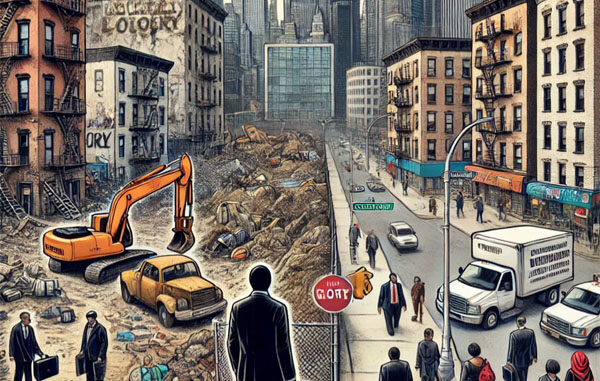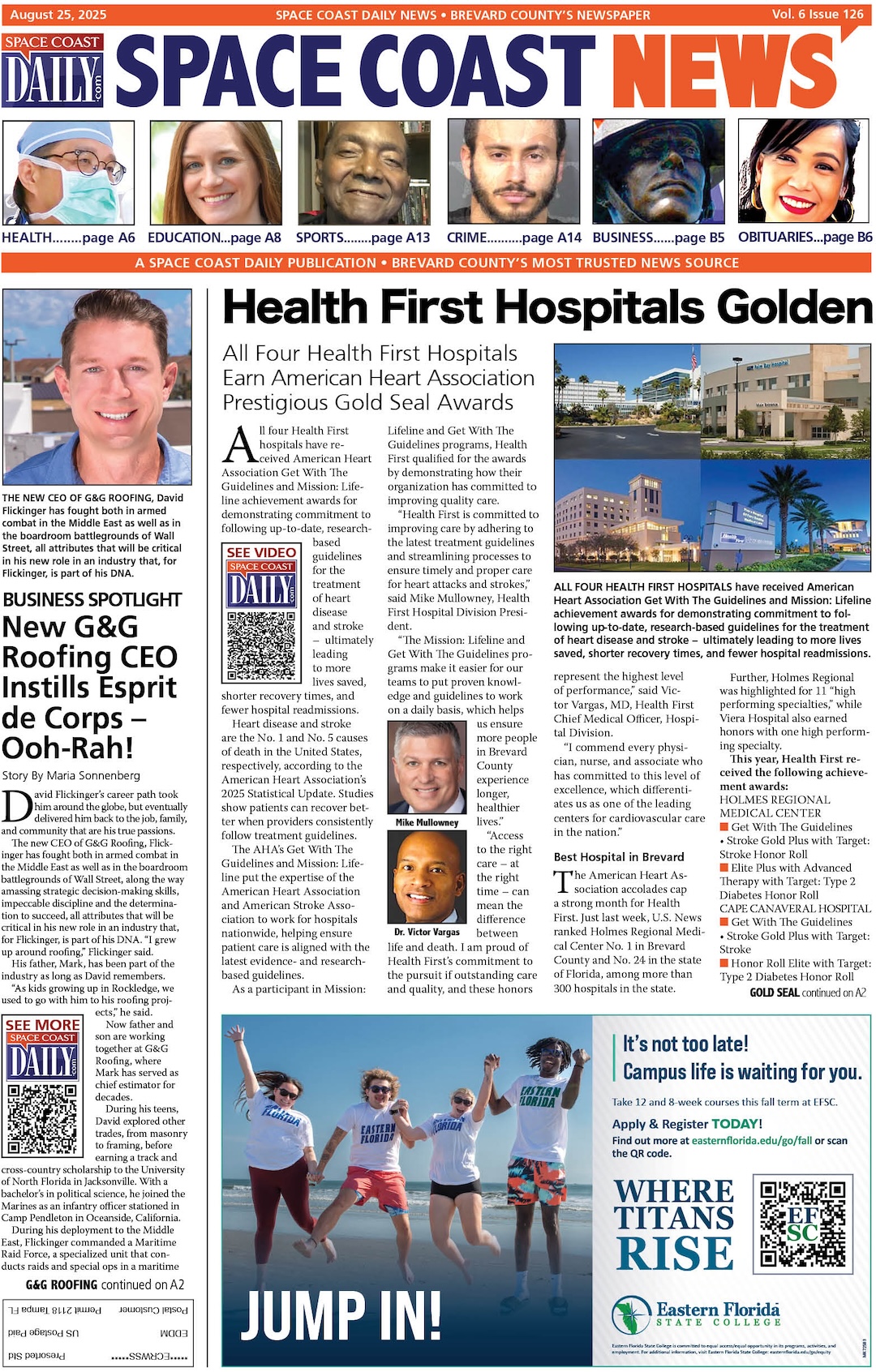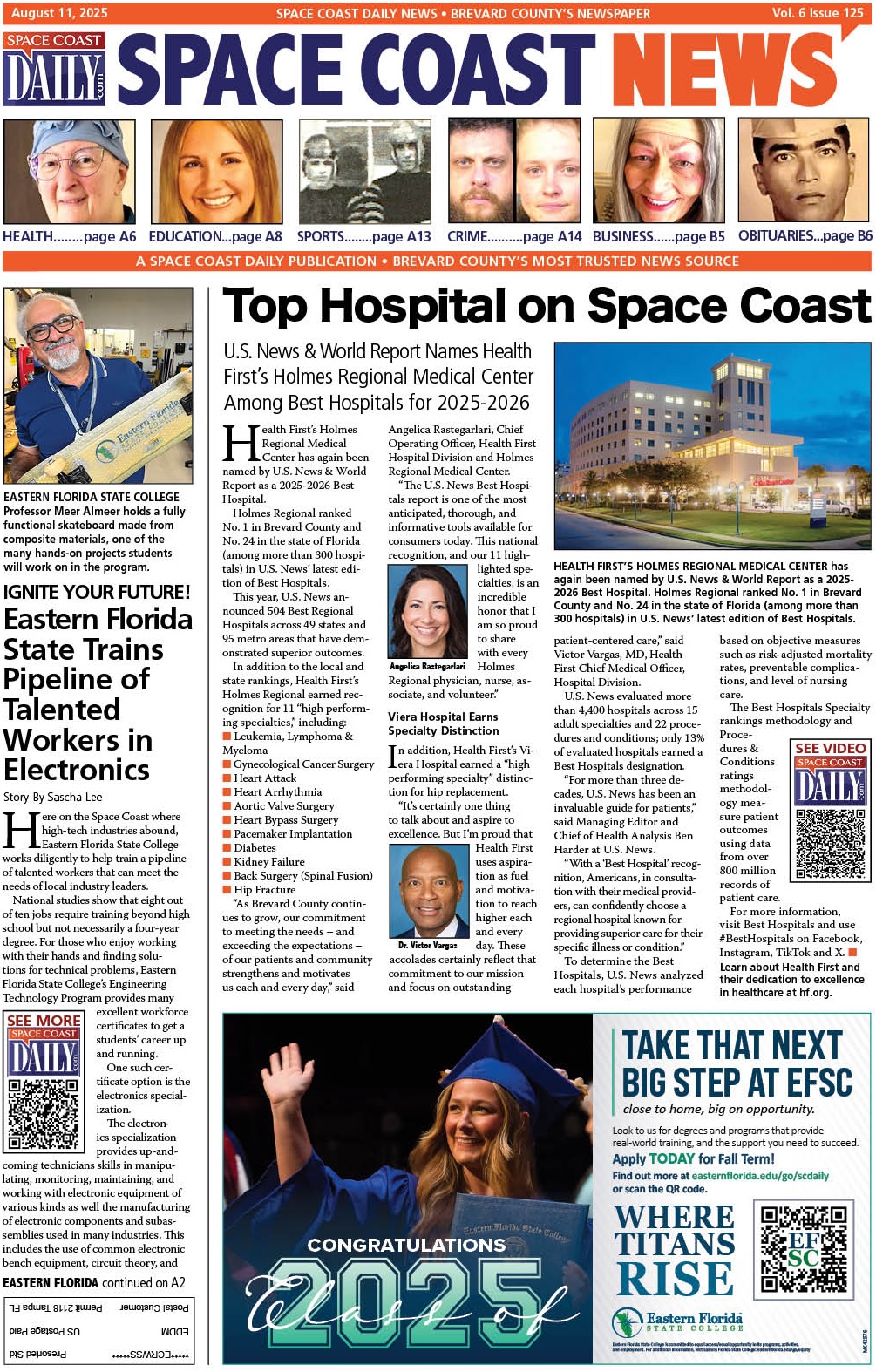How Gentrification in New York is Impacting Personal Injury Cases
By Space Coast Daily // September 5, 2024

Gentrification in New York City has far-reaching consequences, extending even into the realm of personal injury cases. As wealthier residents move into historically underprivileged neighborhoods, the landscape of these areas undergoes rapid transformation.
This shift often results in increased construction and infrastructure changes, which lead to a rise in accidents and injuries among both long-time residents and newcomers.
The surge in new businesses and renovation projects brings an influx of workers, and with them, heightened risks of workplace injuries and accidents. In addition to construction-related injuries, there are also risks associated with increased traffic and pedestrian activity, compounding the potential for accidents.
Furthermore, gentrification often displaces long-time residents, leading to legal challenges as they navigate unfamiliar and rapidly evolving environments. Personal injury cases in these areas face complexities that include a diverse range of defendants, from individual landlords to large construction companies, making it essential for residents to seek legal assistance in New York.
Gentrification Dynamics in New York City
Gentrification in New York City has transformed the socioeconomic landscape, influencing demographics and displacing long-standing communities. This section explores specific measures of gentrification, historical changes, and the resulting shifts in the city’s population makeup.
Defining Gentrification and Its Measures
Gentrification refers to the process where wealthier individuals move into a historically low-income neighborhood. This influx typically leads to increased property values and living costs, often displacing existing residents.
Measures of gentrification include:
- Increased household income
- Rising property values
- Changing racial demographics
These changes often result in the reduction of the black population in favor of a growing white population. Understanding these metrics helps to identify areas undergoing significant transformation.
Historical Overview of New York Neighborhoods
Over the past several decades, neighborhoods in New York City have experienced dramatic shifts. Areas like Williamsburg in Brooklyn were once known for their industrial roots and lower-income residents. By the late 1990s and 2000s, these neighborhoods started seeing an influx of wealthier residents and businesses.
Gentrification has reshaped the city’s urban landscape. Longstanding communities, often predominantly black or low-income, have faced displacement as property values and rents soared. Many neighborhoods have transitioned from neglected areas to trendy, high-demand locations.
Socioeconomic Shifts and Demographic Changes
The socioeconomic shifts in New York City are evident in the emergence of what some researchers describe as “urban islands of exclusion.” These exclusive areas often cater to high-income residents, further displacing low-income communities.
Data suggests a significant increase in household income in gentrifying neighborhoods, alongside an uptick in the white population and a decline in black residents. This demographic shift not only alters the community’s character but also impacts local culture and social dynamics.
For a detailed view of gentrification patterns in New York City, explore research on the evolution of gentrification and the creation of exclusive neighborhoods.
The Interplay between Gentrification and Personal Injury Claims
As gentrification transforms neighborhoods, it influences various aspects of daily life, including safety, housing conditions, and legal implications. This section explores how these changes impact personal injury cases, focusing on specific neighborhoods in New York City.
Influence of Neighborhood Transformation on Safety
Gentrification often brings an influx of new businesses and residents to areas like Brooklyn’s Williamsburg and Clinton Hill. This change can enhance safety with improved infrastructure and more active policing, which might reduce crime rates. However, construction zones and increased traffic can also introduce new hazards, leading to more accidents and potential personal injury claims.
In contrast, neighborhoods like Bedford-Stuyvesant and Crown Heights may experience heightened tensions between long-time residents and newcomers. Such social friction can sometimes result in violent encounters, increasing the likelihood of personal injury incidents. Therefore, the transformation of these neighborhoods has a dual role, both mitigating and exacerbating safety concerns.
Impact on Housing Units and Public Spaces
As property values soar in gentrified areas like Gowanus and Park Slope, landlords are incentivized to renovate buildings rapidly. While this can lead to better living conditions, it can also result in poorly managed construction sites. Tenants in upgraded housing units might face dangers from unaddressed safety issues, such as insufficient handrails or faulty electrical systems.
Public spaces, such as parks and sidewalks, undergo significant changes as well. The addition of new amenities attracts more visitors, but these spaces can become overcrowded and less safe, leading to an uptick in slips, falls, and other injuries. Accessibility for older residents and those with disabilities can also be compromised, creating additional risks.
Legal Considerations and Case Studies
Legally, personal injury claims in gentrifying neighborhoods often hinge on proving negligence. For instance, in Brooklyn neighborhoods like Crown Heights, claims have arisen due to poorly maintained properties and unsafe public spaces. As property values increase, landlords may prioritize profit over safety, leading to hazardous living conditions.
Case studies from areas like Bedford-Stuyvesant highlight the disparities in how personal injury laws are applied. Long-time black residents may face systemic biases that complicate their claims compared to newer, often white, residents. Legal advocates in these communities work diligently to ensure fair treatment and compensation for all injury victims, reflecting the evolving demographic landscape.
The interplay between gentrification and personal injury claims is nuanced and significant, impacting various stakeholders in transforming neighborhoods.












